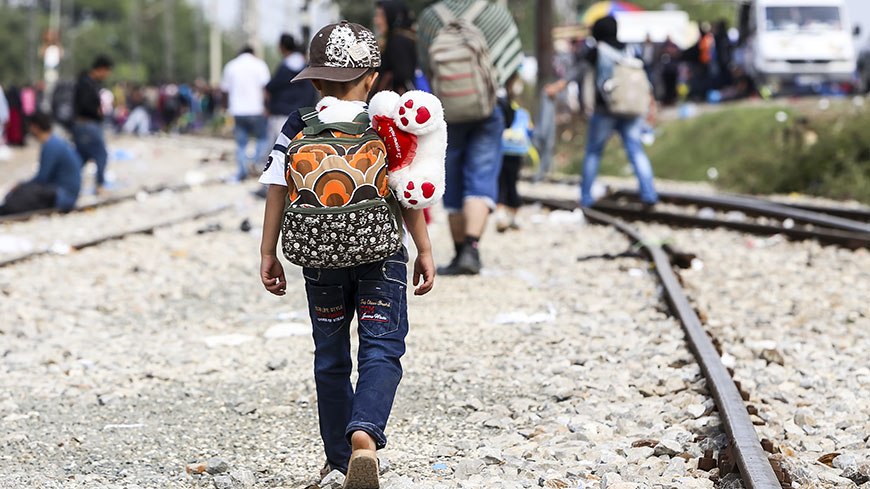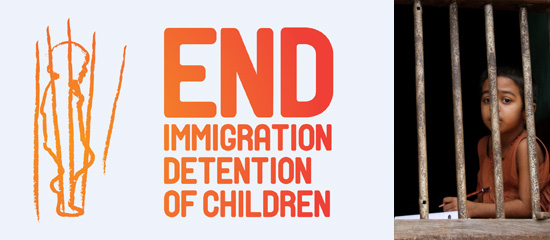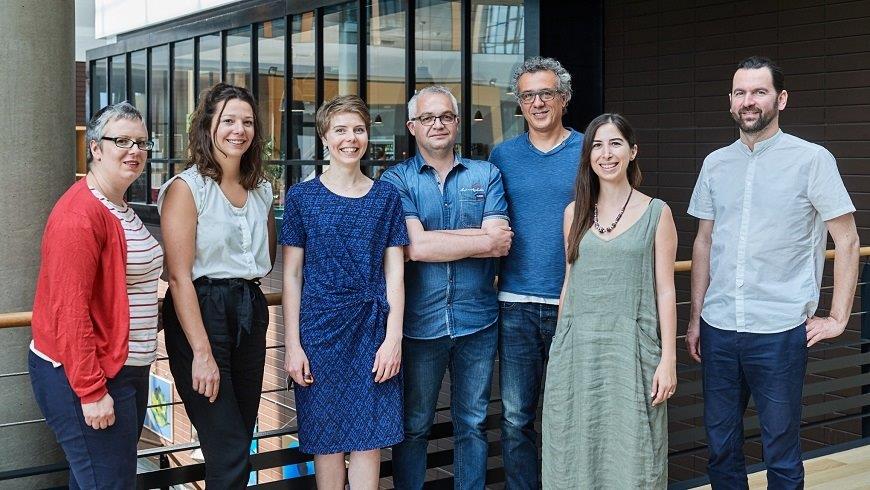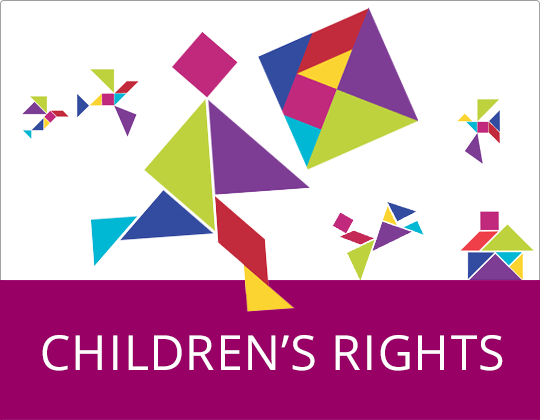The Council of Europe, under the Strategy for the Rights of the Child (2016-2021) and the Council of Europe Action Plan (2017-2019), held the second and final working group on a handbook on child-friendly information for children in migration in Strasbourg on 30-31 May 2018.
The working group is formed of experts working with children affected by migration in Italy, France, Belgium and the United Kingdom. A call for examples of good and promising practices was held in 2017 to gather materials from a wide cross-section of Council of Europe member States. Materials provided in response to the call have informed the drafting process of the handbook and some examples may be included in the handbook as examples of promising practice.
As well as the examples of promising practice, the handbook will include the views of children on the move. Children gave their views and recommendations during workshops which took place in autumn 2017 in five member States of the Council of Europe. The opinions and recommendations of the children who participated in the workshops can be consulted in the new study “Child-friendly information for children in migration: What do children think ”.
The handbook will be a practical tool for frontline professionals and volunteers who interact with children in migration at various stages of their migratory journey within the Council of Europe member states. The handbook will provide guidance on communicating with children in a child-friendly way upon arrival and in reception centres as well as during age assessment, guardianship and immigration or asylum procedures. The handbook is expected to be published by the end of 2018.






